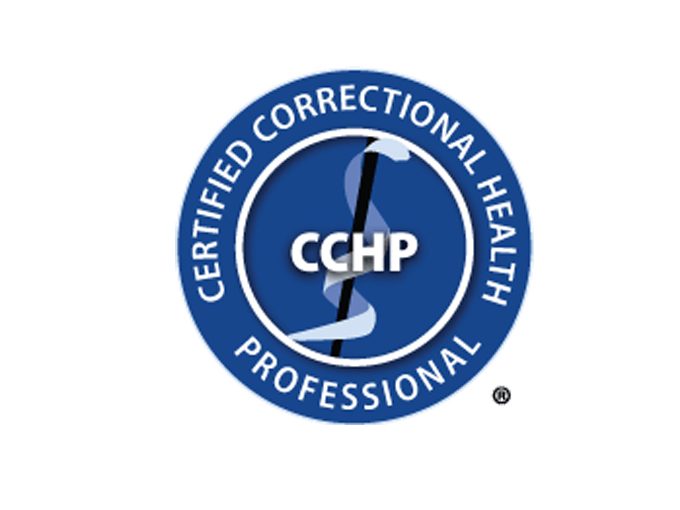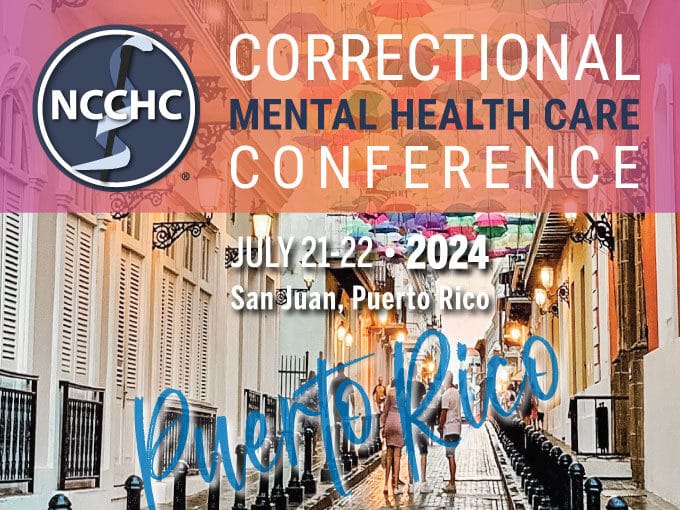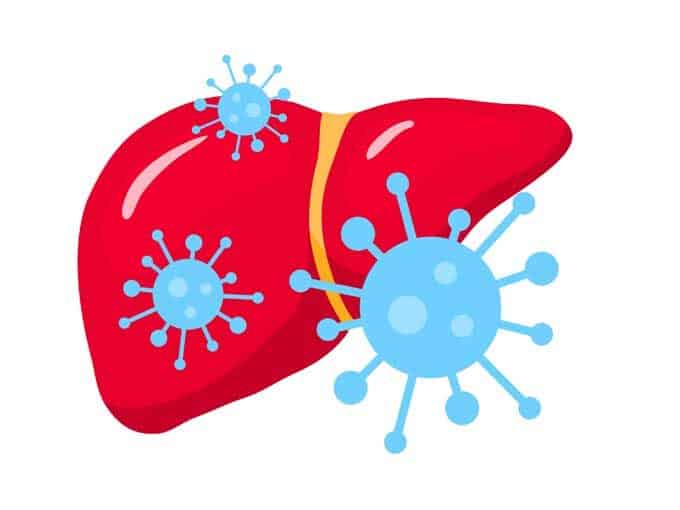
Scholarships Available for CCHP Certification and Study Materials
Five scholarships are available that pay for CCHP testing and study materials.
Home Before Estelle: A Firsthand View
 Sep 13, 2021
Sep 13, 2021It is hard to imagine now, but in the late 1960s and early 1970s there were only about 400,000 individuals housed in prisons and jails in the United States. In 1973 the rate of incarceration began a sustained period of growth.
Prison and jail health care at the time was not seen as a right, and suffering was often believed to be part of an individual’s punishment. The Supreme Court’s ruling in Estelle v. Gamble in 1976 stated that substandard medical care violated the Constitution and that “deliberate indifference” by prison personnel to a prisoner’s serious illness or injury constitutes cruel and unusual punishment.
I first became involved with correctional health care more than 50 years ago – before Estelle v. Gamble, before correctional health care was a profession, and long before it became the multibillion-dollar industry it is today.
I began my public health career with the Centers for Disease Control and Prevention in 1967 with the venereal disease program as a public health advisor assigned to the Chicago Department of Health. My work home for the next year and a half was on the South Side of Chicago in a 19th-century three-story red brick schoolhouse. At the time, it was the largest VD clinic in the United States, serving over 200 patients daily. A feature of the clinic was its proximity to the South Side elevated train line with the adjacent trains shaking the building as they passed.
Shoe-Leather Epidemiology
Field epidemiology brought me into contact with all elements of society, good and bad, and taught me valuable lessons about human behavior. Countless hours were spent conducting shoe-leather epidemiology (knocking on doors, following leads, and talking with individuals who knew the neighborhood).
My first interaction with corrections came as I followed up on individuals who had tested positive for syphilis on intake at the Cook County Jail. This required a visit to the jail to find and interview them for their contacts. Little did I know then that throughout my public health career, I would have increasing interactions with correctional systems at all levels – federal, state, and local.
The Cook County Jail in the late 1960s was an enormous and foreboding stone facility with its own set of rules that limited access and added layers of complexity on when and how medical care would be delivered. Clinical areas were cramped and chaotic, providing only basic services. Seriously ill individuals had to be transported to nearby Cook County Hospital. Record systems were cumbersome and files were frequently misplaced or lost.
Finding the right incarcerated individual and ensuring that they received treatment was no small feat; you could work all day to find the individual and get them brought to the clinic only to find that the doctor had left for the day or had been called away. It was difficult for me to see at the time how we were making a difference in the health and safety of individuals in the jail, much less the larger community.
My assignment to the jail was an educational experience that helped form my understanding of the interrelationship of community health, public health, and correctional health and their impact on society and the larger community. I saw firsthand that jails were ill-equipped to deal with societal issues such as drug abuse and mental health, which were becoming an increasing problem for corrections. At the same time, the health of individuals in jails/prisons was not a concern for the community. It was the old “out of sight, out of mind – not my problem” syndrome.
50 Years Later
Much has changed since my first visit to the Cook County Jail in 1967. Litigation since Estelle has brought about significant change in how care is provided and the attitude of policy makers and the public alike. The work of NCCHC and its continued promulgation of standards and accreditation along with development of state and local corrections/public health/community partnerships have moved correctional care forward to meet today’s challenges. The utilization of standards of care that incorporate public health interventions in corrections coupled with quality care are having a lasting impact on community health in the United States by reducing the burden of disease and the costs associated with care.
Change has not been without problems, but the conditions experienced by incarcerated individuals in the past are not tolerated today. The standard of decency continues to evolve. We must be vigilant and continue to protect and promote access to good quality and affordable care for everyone, including incarcerated individuals, because improving the health and safety of our nation benefits everyone.
John Miles, MPA, is editor-in-chief of the Journal of Correctional Health Care. This editorial is an excerpt of a longer letter published in the September 2021 issue of JCHC. Printed with permission of the author and publisher. All rights reserved.


